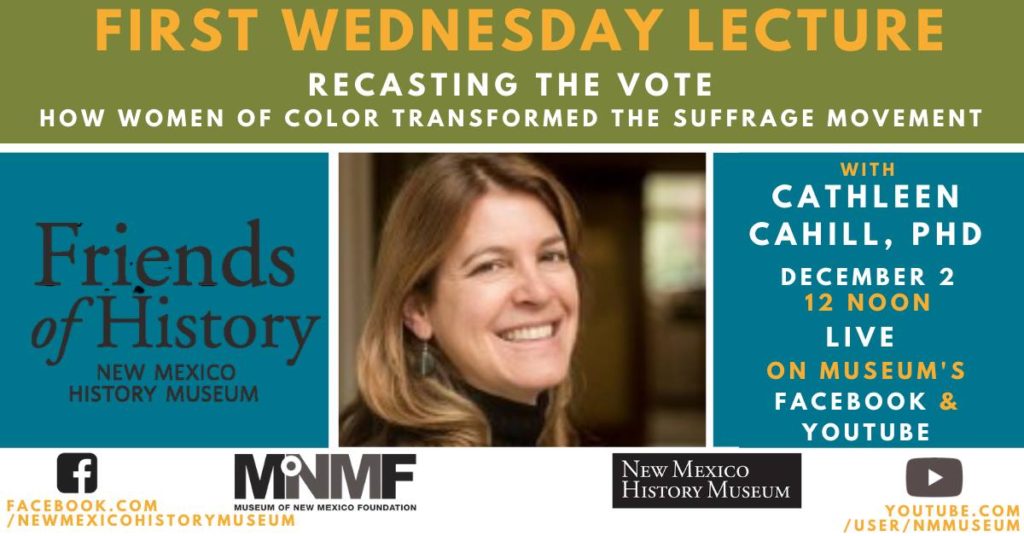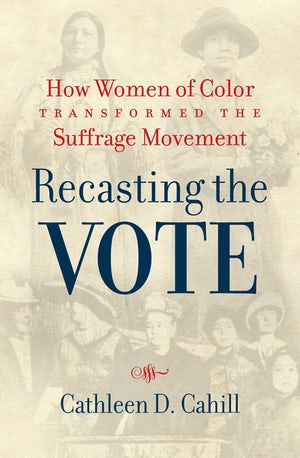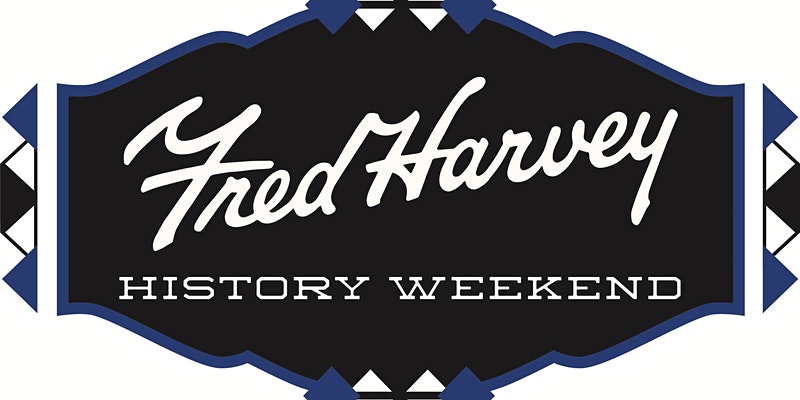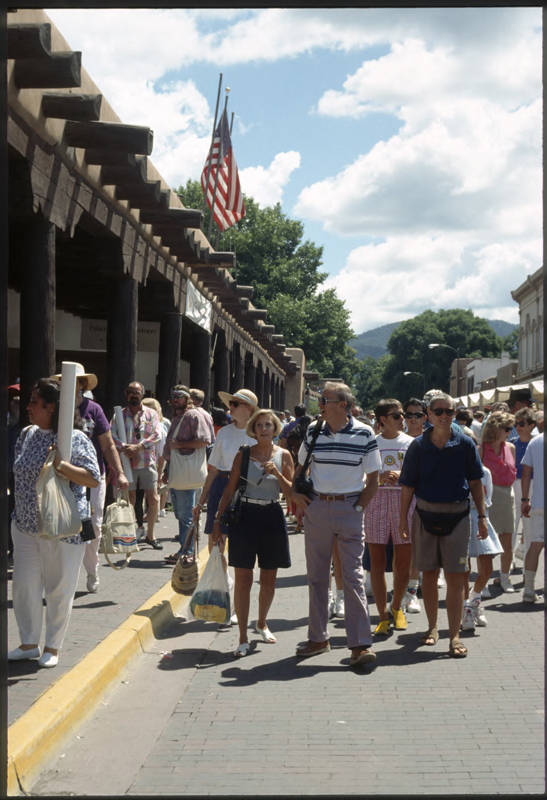|

Join the Stampede

New Mexico History Museum’s Grand Opening Events
Promise Two Free Days of Family Fun
After 20 years in the planning – not to mention centuries in the making – New Mexico’s newest museum opens its doors to the public at noon on Sunday, May 24, 2009. It wouldn’t be a Santa Fe event without a Santa Fe-style party, and we’re pulling out the stops.
With events and entertainment at the Museum, in the Palace of the Governors’ shady courtyard and on the Santa Fe Plaza, there’s a little something for everyone. Lowriders, Mariachi music, flamenco dancing, Celtic pipers, Native American drummers, and Chautauqua performers are just part of what you’ll find, along with a free Ice Cream Social 1-4pm Monday, May 25, in the Palace Courtyard.
All of it’s in honor of the New Mexico History Museum, http://www.nmhistorymuseum.org/, the state’s newest museum, which includes interactive multimedia displays, hands-on exhibits, and vivid stories of real New Mexicans. As a 96,000-square-foot extension of the 400 year-old Palace of the Governors – the oldest continually occupied government building in the US – the New Mexico History Museum anchors itself on the historic Santa Fe Plaza and offers a sampling of the people and the legends to be found throughout the state. Get into it! Come be a part of history in the making!
Schedule of events:
Sunday, May 24, 2009
9am-noon:
Members-only preview and light breakfast. Find out how to become a member at www.museumfoundation.org or sign up at the event.
12-6pm:
Free admission to the History Museum and its exhibits, along with all other state museums in Santa Fe.
12-1pm:
Native American drumming in the Palace Courtyard.
1-3 pm:
Ribbon-cutting with Dr. Frances Levine, director of the Museum, and other dignitaries in the Palace Courtyard. Presentation of the Colors by La Orden Military; Pledge of Allegiance; Blessings of the Ground; ribbon-cutting and ceremonial walk over the bridge connecting the Palace Courtyard to the Museum.
3-6 pm:
Procession of lowriders and display outside the Palace. Participants includes Joseph, Matt and Bobby Chacon; Almardo and Pam Jaramillo; Victor Martinez.
3-4 pm:
Santa Fe Indian School Spoken Word Team performance (Dia de los Niños/Dia de los Libros) on the Plaza. Indigenous youth writers, the team members have received national recognition for performances of poetry that incorporate Native languages and philosophies. The school’s spoken-word program demonstrates the importance of culture, history, tradition, identity and poetry. The youths are coached by teacher and writer Tim McLaughlin.
3-5:30 pm:
Museum of New Mexico Press/University of New Mexico Press book signings in the History Museum Gathering Space.
4-4:30 pm:
Kenpo Po Karate Karate School demonstration on the Plaza. Like the History Museum, the Kenpo School believes the next generation – our future history-makers – will be more successful with a confident and well-rounded childhood. Participants: D’Kota Potter, 5; Carlos Garcia, 5; Markus Vigil, 10; Evan Watkins, 7; Fernanda Carranza, 9; Maria Lozova, 12; Tommy Dearing, 14; Maria Najarro.
4:30-5 pm:
Mariachi Sonidos del Monte (Sounds of the Mountain) on the Plaza. With a variety of violins, trumpets, guitars, a guitarron, vihuela and a range of harmonic voices, this group is quickly becoming a Northern New Mexico favorite. The group plays traditional Mexican favorites with its own unique sound. Musicians include Raul Duran, violin; Sean Trujillo, violin; Anthony Ortiz, violin; Santiago Romero, guitar; Fernando Romero, guitarron; Rachel Miller, vihuela; Christina Gomez, guitar; Brandie Duran, violin; Eric Ortiz, trumpet; Nikki Brancha, trumpet.
5-6pm:
Institute for Spanish Arts and Maria Benítez’s La Generación performance on the Plaza. World-renowned flamenco dancer Maria Benítez, with the Institute for Spanish Arts, formed this company of young New Mexicans to preserve and strengthen our rich and diverse artistic heritage. Since 2003, the company has fostered new generations of artists and audiences by stimulating public awareness of Hispanic and Spanish art and culture – bolstering the Museum’s desire to carry a legacy of history and identity to the next generation. The company, consisting of children ages 10-18, has performed throughout the state. Maria Benítez, with her husband, Cecilio, founded and direct Maria Benítez Teatro Flamenco, long known for its commitment to excellence.
6-6:30pm:
Order of the Thistle pipes and drums on the Plaza. Besides performing throughout New Mexico, this band attended the Pipefest ’05 in Edinburgh, Scotland, marching with more than 400 bands from around the world. They show that New Mexico has more than three cultures comprising its varied heritage. The band, wearing the muted MacDonald tartan, range from 10-year-olds to seniors. Members include Ron Crawford, pipe major; Lisa Lashley, pipe sergeant; Gwyneth Duncan, drum sergeant; Ed Hansen, piper; Cullen Dwyer, drummer, bass; Paulette Keeney, piper; Louis Jacobs, drummer, tenor.
Monday, May 25:
10am-5pm:
Free admission to the History Museum and its exhibits, along with all other state museums in Santa Fe.
10am:
Interfaith service at St. Francis Cathedral.
11am:
Processional parade from the Cathedral to the Museum with Los Caballeros, the Santa Fe Fiesta Council, representatives of Native American groups and New Mexico Historical societies, and others.
11:30am:
Lion Dancers from the Chinese American Citizens Alliance of New Mexico perform outside the Museum. (Feed the lion dollar bills for good luck!)
12-5pm:
Live music and dance on the Santa Fe Plaza from various periods and cultures of New Mexico, including Andrew Tomas on Native American flute; Barbershop Sounds; Santa Fe Community Band; National Dance Institute; Not-So-Andrews Sisters; Alamogordo Ballet Folklorica Dancers; Call of the Drums.
Throughout the Plaza, characters from the past, dressed in the costumes of their time, reappear, ready to tell their stories, answer questions and pose for pictures.
12-4pm: The Santa Fe Vintage Car Club roars into the Plaza to display shining examples of the vehicles that once carried Americans across the Southwest.
1-2:30pm: Members of Sociedad Folklorica join members of New Mexico’s tribes and pueblos to model historical clothing, complementing the Museum’s premiere rotating exhibition, “Fashioning New Mexico.” Come to the Museum’s upstairs Gathering Space to enjoy the show.
1-4 pm: The Route 66 Ice Cream Parlor sets up shop in the Palace Courtyard, offering free scoops served by members of Kenpo 5.0 Team Silva. Live music and historical photo boards to pose yourself into (bring a camera!).
Team Silva – professional cage-fighter Paul Silva and his father/mentor/cornerman Gilbert H. Silva – along with fighting colleagues Paul Tapia, Tony Potter, Ricky Salas and Leroy Ortega, are taking off the gloves and picking up the scoops as part of their shared goal with the Museum to promote family, values, self-realization and nurturing for the next generation.
2:30-4 pm: Telling New Mexico, the book accompanying the Museum’s core exhibition, will be unveiled at a book signing and panel discussion among authors who contributed to the collection of historical essays. Enjoy your first event in the Museum’s brand-new auditorium and get a copy of what’s sure to become a must-have historical resource.
New Mexico History Museum
at 113 Lincoln Avenue, just behind the Palace of the Governors on the Santa Fe Plaza
For more information about the New Mexico History Museum, including a selection of user-ready high-resolution photographs, log onto http://media.museumofnewmexico.org/nmhm. More than 8,000 additional, high-resolution photographs illustrating the history of New Mexico are available by keyword search at www.palaceofthegovernors.org (click on “Photo Archives” then on “Digitized Collections”). Most requests for scans from this site can be delivered the same day, and usage is free for publicity purposes only.
Previous releases:
Four Centuries of History: the Fiestas de Santa Fe
Where ancient artifacts meet cutting-edge art
Fashioning New Mexico
The Tiffany Ties that Bind
The Railroad Wars
The New Face of History
The Tales that Made the American West
New Mexico History Museum’s Core Exhibits
Telling the People’s Stories: A Message from the Director
Creating a Place for Our Past, by Dr. Frances Levine, El Palacio, Summer 2006
Other Sites:
NM History Museum on Twitter
NM History Museum on Facebook
Media Contacts:
Kate Nelson
New Mexico History Museum
505 476 1141
Kate.Nelson@state.nm.us
www.nmhistorymuseum.org
Rachel Mason
Ballantines PR
Rachel@ballantinespr.com
505 216 0889
www.ballantinespr.com
Saturday, May 23rd
6:30 – 9pm
New Mexico History Museum Grand Opening Gala
$200 per person
e-mail heather@museumfoundation.org or
call 505-982-6366 x116 to RSVP
Sunday, May 24
9am – Noon
New Mexico History Museum
Members-Only Preview
Reserve at membership@museumfoundation.org
Noon – 6pm
New Mexico History Museum Public Opening
Free
Noon – 6:00 pm
New Mexico Creates Shop Opens
Members receive 10% discount
http://www.newmexicocreates.org/
Noon-1pm
Native American drumming in the Palace Courtyard
1-3pm
Official ribbon-cutting ceremony in the Palace Courtyard
3-6pm
Low-rider exhibition outside the Palace
3-4pm
Santa Fe Indian School Spoken Word Team performance on the Plaza
3-5:30pm
Museum of New Mexico Press/University of New Mexico Press book signings in the History Museum’s Gathering Space
4-4:30pm
Kenpo Po Karate School demonstration on the Plaza
4:30-5pm
Mariachi Sonidos del Monte (Sounds of the Mountain) on the Plaza
5-6pm
Institute for Spanish Arts and Maria Benitez’ La Nueva Generación flamenco performance on the Plaza
6-6:30pm
Order of the Thistle pipes and drums on the Plaza
Monday, May 25
10:00 am – 5:00 pm
New Mexico History Museum Family Day
Free
10am
Interfaith Service at St. Francis Cathedral
11am
Procession from the Cathedral to the History Museum
11:30am
Lion Dancers from the Chinese American Citizens Alliance of New Mexico perform outside the Museum (feed the lions dollar bills for good luck!)
Noon-5pm
Music and dance on the Plaza Gazebo.
Noon-4pm
Santa Fe Vintage Car Club exposition
1-4pm
Route 66 Ice Cream Parlor’s Ice Cream Social in the Palace Courtyard
1-2:30pm
Sociedad Folklorico complement to the exhibition: Fashioning New Mexico
2:30-4pm:
Book signing and panel discussion of Telling New Mexico in the Museum Auditorium
|















